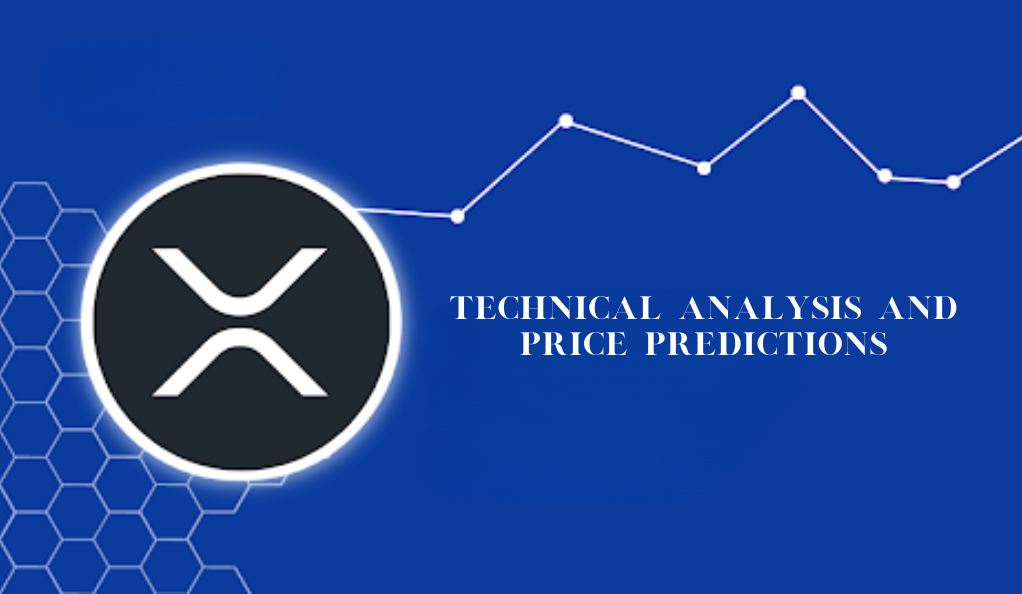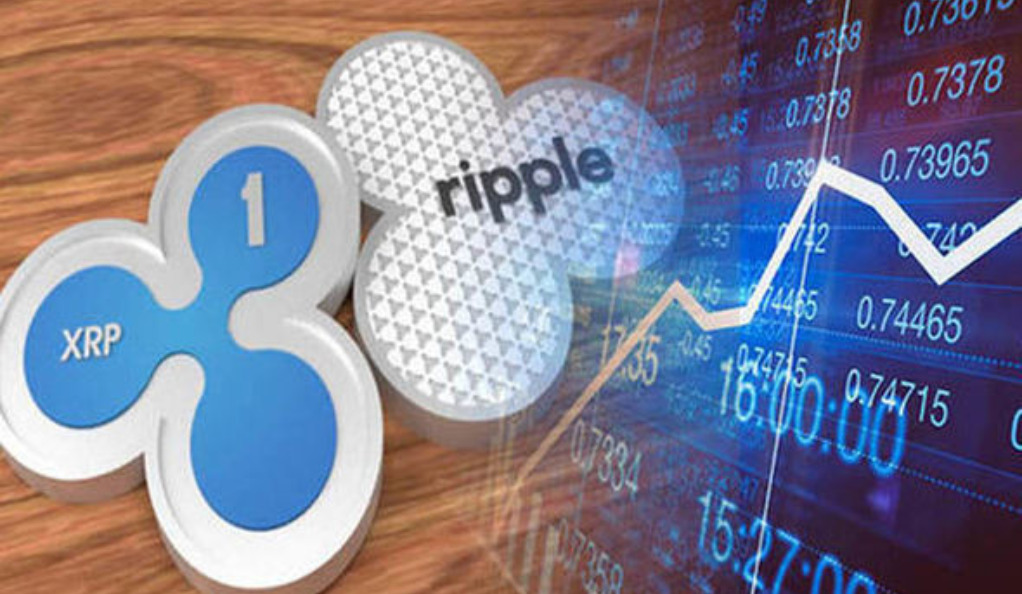Ripple, a pioneering force in the blockchain arena, seeks to transform global financial transactions, making them swift and seamless. Its cryptocurrency, XRP, isn’t merely a token but a pivotal tool in this mission. Unlike many of its peers, XRP was crafted to mediate both fiat and digital currencies, ensuring rapid transactions. This unique approach has drawn considerable attention from investors and global financial entities alike.
Introduction to Ripple and XRP
Ripple, the company, has always been a pioneer in the blockchain space, aiming to revolutionize the world of financial transactions. Their vision is to enable a world where money moves as quickly as information does today. XRP, the cryptocurrency, is an integral part of this vision. It’s not just a token but a technological tool that helps facilitate Ripple’s mission.
XRP, distinct from Bitcoin and Ethereum, was never about creating a decentralized currency for peer-to-peer transactions. Instead, it was designed to be a mediator for both fiat and cryptocurrencies, ensuring faster transactions. This unique positioning in the market has garnered significant attention from both investors and financial institutions.
Recent Market Performance of XRP
In the ever-evolving landscape of cryptocurrencies, XRP has managed to maintain a consistent presence in the top tier. The past few months have been particularly eventful. With the crypto market experiencing its usual highs and lows, XRP has demonstrated resilience and adaptability. Its price fluctuations have been a reflection not just of market sentiment but also of real-world events surrounding Ripple, the company.
However, it’s essential to note that while XRP has shown promise, it’s not immune to the broader market’s volatility. External factors, such as global economic conditions, regulatory news, and technological advancements, play a crucial role in its price movements. Investors are advised to stay updated and make informed decisions.
Technical Analysis and Price Predictions

When diving into XRP’s technical charts, patterns emerge that can offer insights into potential future movements. The bullish pennant formation, for instance, is a classic indication of an upcoming upward trajectory. However, as with all technical analyses, these are based on historical data and may not always predict future performance accurately.
The Relative Strength Index (RSI), a momentum oscillator, provides insights into the speed and change of price movements. For XRP, the RSI hovering around the 50 mark suggests a balance, but this can change rapidly. Investors often combine RSI with other indicators to make more accurate predictions. It’s always recommended to approach crypto investments with a mix of technical and fundamental analysis.
Factors Influencing XRP’s Market Movement
The crypto market is influenced by a myriad of factors, and XRP is no exception. Regulatory clarity, especially concerning Ripple’s ongoing lawsuit with the SEC, has been a significant driver. Positive outcomes or even news can lead to bullish trends, while unfavorable decisions can lead to bearish downturns.

Another crucial factor is Ripple’s partnerships. The company has been proactive in securing collaborations with global banks and financial institutions. Each new partnership not only boosts confidence among existing investors but also attracts potential new ones. As the world moves towards more digital payment solutions, XRP’s role becomes increasingly vital, making its market movements even more intriguing.
Expert Insights on XRP’s Future
The crypto community is divided when it comes to XRP. Some experts see it as the future of cross-border transactions, praising its speed and efficiency. They believe that as more financial institutions recognize its potential, its adoption rate will skyrocket, leading to a positive price movement.
On the other hand, some experts approach XRP with caution, citing the ongoing regulatory challenges as a significant concern. They argue that while XRP has potential, its future is closely tied to how these challenges are resolved. Regardless of the stance, one thing is clear: XRP remains one of the most closely watched cryptocurrencies in the market.
Conclusion
Ripple’s XRP stands at a fascinating intersection of technology, finance, and regulation. Its journey, filled with highs and lows, offers valuable insights into the broader crypto market’s dynamics. As the world becomes more interconnected and the demand for faster, more efficient financial transactions grows, XRP’s role becomes increasingly significant.
However, as with all investments, potential investors should approach XRP with a well-researched strategy. The crypto market’s inherent volatility means that while there are opportunities for significant gains, there are also risks involved. Staying updated, understanding market trends, and consulting with financial experts are crucial steps in the investment journey.
FAQs
XRP primarily serves as a bridge currency within the Ripple network, facilitating cross-border transactions in seconds and at a fraction of the cost of traditional methods.
Unlike many cryptocurrencies that focus on being a store of value or a medium of exchange, XRP is designed for speed and efficiency in international money transfers.
While the Ripple network uses a consensus mechanism for validation, it’s often debated how decentralized it truly is. However, Ripple has been taking steps to increase the decentralization of its validator nodes.
The lawsuit is ongoing, with both parties presenting their cases. Positive news or outcomes from the lawsuit can significantly impact XRP’s price.
The crypto market is unpredictable, but given XRP’s utility, partnerships, and potential regulatory clarity, many experts believe it has the potential to reach new highs in the future. Always invest with caution and do your research.
Bitcoinnewsmagazine is committed to providing impartial and reliable insights into cryptocurrency, finance, trading, and stocks. It's important to note that we do not provide financial advice, and we strongly encourage users to conduct their own research and due diligence.
Read More
